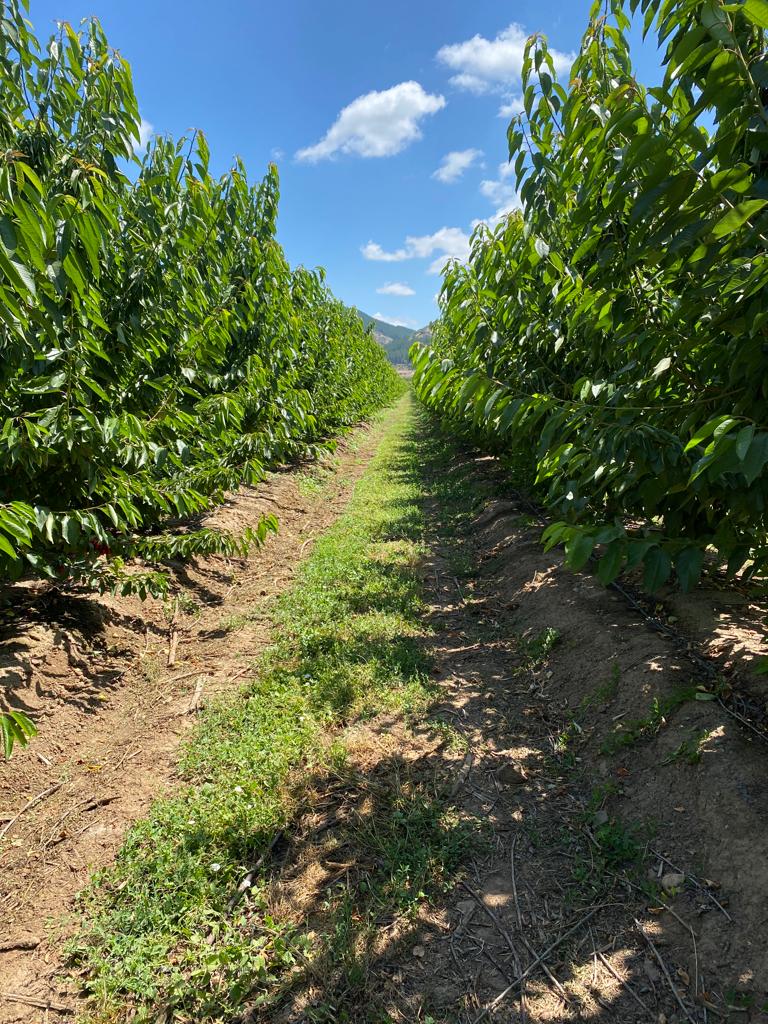This project sought to determine the evolution of irrigation water demand and water supply in certain basins of the Metropolitan, Libertador Bernardo O'Higgins and Maule regions. The study was commissioned by the National Irrigation Commission (CNR) and executed by the Natural Resources Information Center (CIREN).

The ceremony to present the results was headed by the executive director of the Natural Resources Information Center (CIREN), Katherine Araya Matus, and by the zonal coordinator of the National Irrigation Commission (CNR), Claudio Cortés.
The activity was also attended by the Ministerial Secretaries of the Agriculture portfolio of the Metropolitan region, Nathalie Joignant, of Libertador Bernardo O'Higgins, Cristián Silva, and of Maule, Ana Muñoz.
Water scarcity, caused by drought and desertification, are some of the problems that significantly impact the water supply available in the affected territories, making it essential to have accurate information on the levels of supply and demand of the various flows that flow in our country, in order to manage their efficient use.
Mandated by the National Irrigation Commission (CNR) and executed by the Natural Resources Information Center (CIREN), this project called "Analysis of Water Supply and its Impact on Agriculture in the Central Zone" determined the evolution of irrigation water demand and water supply in the Metropolitan, Libertador Bernardo O'Higgins and Maule regions, coming from the basins of the Maipo River, Rapel River, Mataquito River and Maule River, which concentrate 60% of the irrigated area for fruit and vegetable production in the country.
The study also predicted the average flows of each basin based on monitoring of water coverage during the irrigation season, together with an estimate of the surfaces actually irrigated and the land use of the areas analysed, through evaluation with geomatic tools.
The results allowed us to determine the balance between water supply and demand, that is, the balance between the water used compared to the water generated, determining with certainty the state of water reserves, especially snow reserves.
To make these data available, the study generated a computational product freely available to the entire community. The interface allows the user to hydrologically model the basins involved in the study and to forecast the available flows at the head of the basin for the 2022-2023 season.
The executive director of the Natural Resources Information Center, Katherine Araya Matus, stressed that “It is essential to democratize this information of public utility and make it accessible to people, in this way we will be able to have a more efficient management of water resources, together with better planning, decision-making and design of sustainability policies for the forestry and agricultural sector.”
The zonal coordinator of the National Irrigation Commission, Claudio Cortés, stated that “This project is particularly relevant in the current scenario of water and climate crisis, given that this type of tool, which incorporates more technology, allows organizations and monitoring boards to improve the management of available water resources.”

Meanwhile, the professional in charge of the project, Horacio Merlet, highlighted that “Their results are essential for medium- and long-term decision-making by water user organizations, producers and agricultural companies in the Metropolitan, O'Higgins and Maule regions.”
This tool is available for download on the GitHub repository website www.github.com/ccalvocm/Demo-SRM, which includes installation instructions.








